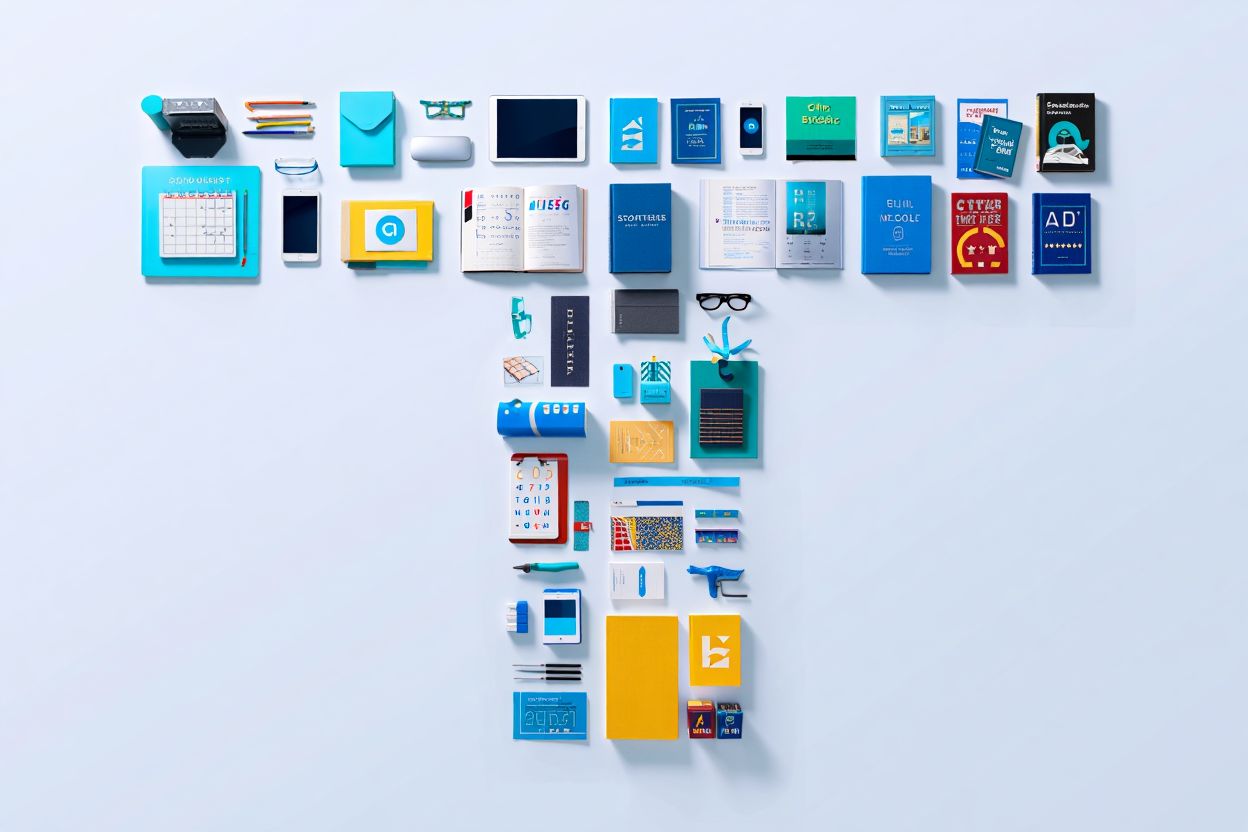The News: Last week, The Verge’s Command Line Newsletter revealed internal OpenAI documents outlining their plan to rapidly evolve ChatGPT from a general chatbot into a “super assistant” with what they call “T-shaped skills” – broad capabilities for everyday tasks plus deep expertise in specific domains. (Read the full report here)
Why This Matters: This isn’t just another AI update. It’s a masterclass in how even the most advanced technology companies eventually learn the same fundamental product truth – and the remarkable pace at which AI companies can execute on strategic evolution.
The Problem with “Amazing Technology”
OpenAI built something amazing – a system that can do almost anything. Write poetry. Debug code. Analyze data. Answer questions about obscure topics. The technology is impressive.
But despite having 100+ million users, many people still don’t know what ChatGPT is actually for. They know it’s powerful. But they struggle to use it in their daily work in meaningful ways.
This is the classic “solution looking for a problem” trap. Even the most sophisticated companies fall into it.
The T-Shaped Skills Insight
OpenAI’s move to “T-shaped skills” is smart product strategy. Think of the letter “T” – it has both width and depth:
The horizontal bar (width): Basic capabilities everyone needs. Things like answering questions, managing calendars, planning trips, and sending emails.
The vertical bar (depth): Deep expertise in specific areas. Things like advanced coding, legal research, or creative writing.
This isn’t about making the AI more capable. It’s about making the capability more accessible and actionable for real user situations.
The Universal Product Lesson
Whether you’re building AI assistants or mobile apps, the pattern is the same:
- Stage 1: “Look what our technology can do!” (Focus on features)
- Stage 2: “Here’s what you can actually accomplish with it.” (Focus on use cases)
- Stage 3: “Here’s how it fits into your existing workflow.” (Focus on integration)
Most products die in Stage 1. Teams fall in love with their technology rather than their users’ problems.
What This Means for AI Product Builders
OpenAI’s strategy shows they’re rapidly evolving from “AI that can do anything” to “AI that solves specific things really well.” This should guide how we all think about AI product development:
- Start with the job to be done, not the AI capability
- Design for context, not just conversation
- Focus on reducing friction to value, not expanding feature sets
The companies that win in AI won’t be those with the most impressive models. They’ll be those that best connect AI capabilities to real human needs. And they’ll do it in the moments when people actually need help.
What AI use cases are you seeing gain real traction in your organization? The shift from general-purpose to specific-purpose AI is just beginning.
